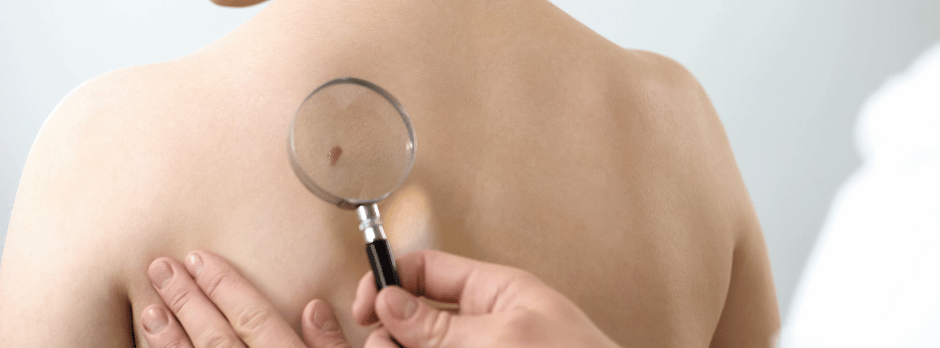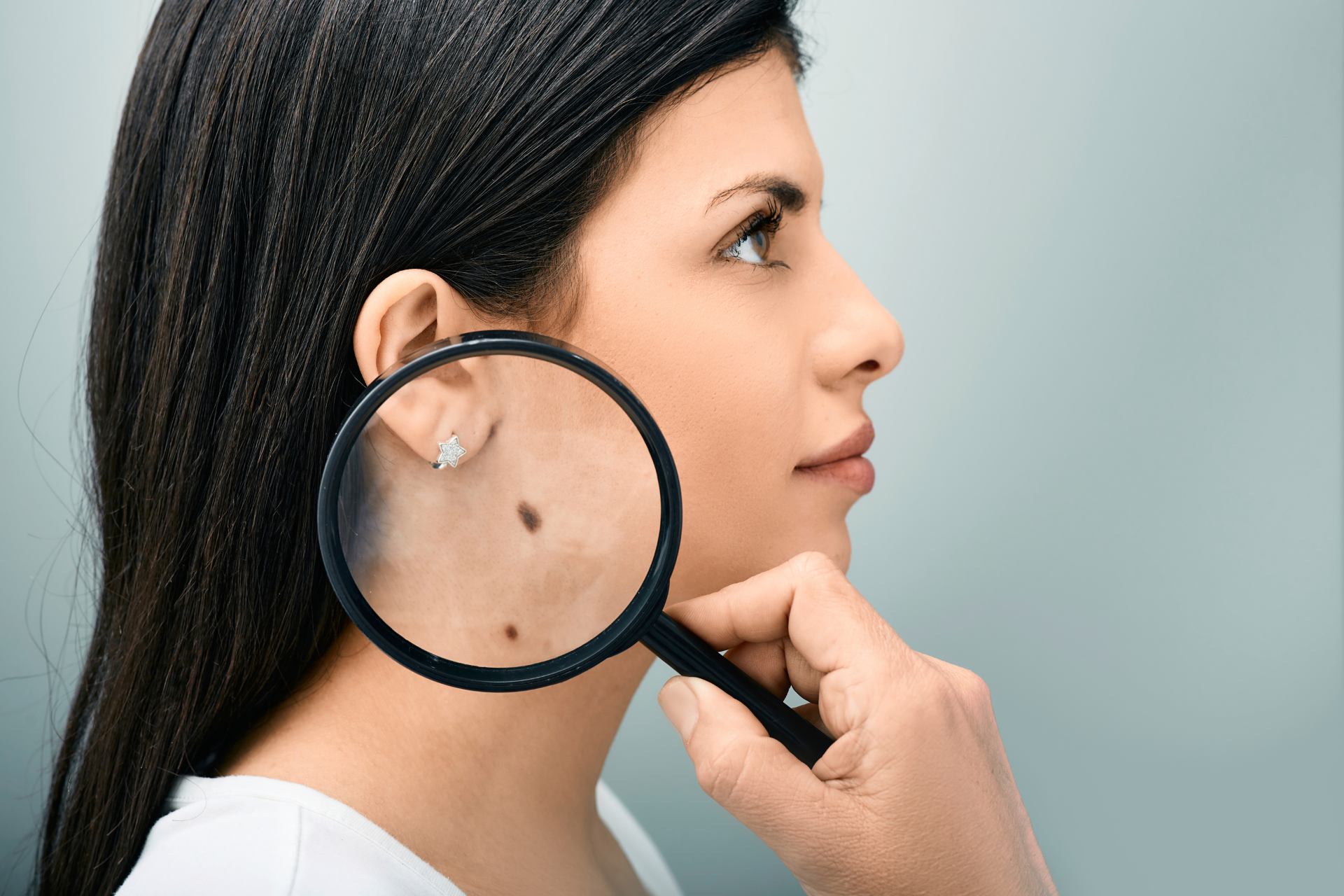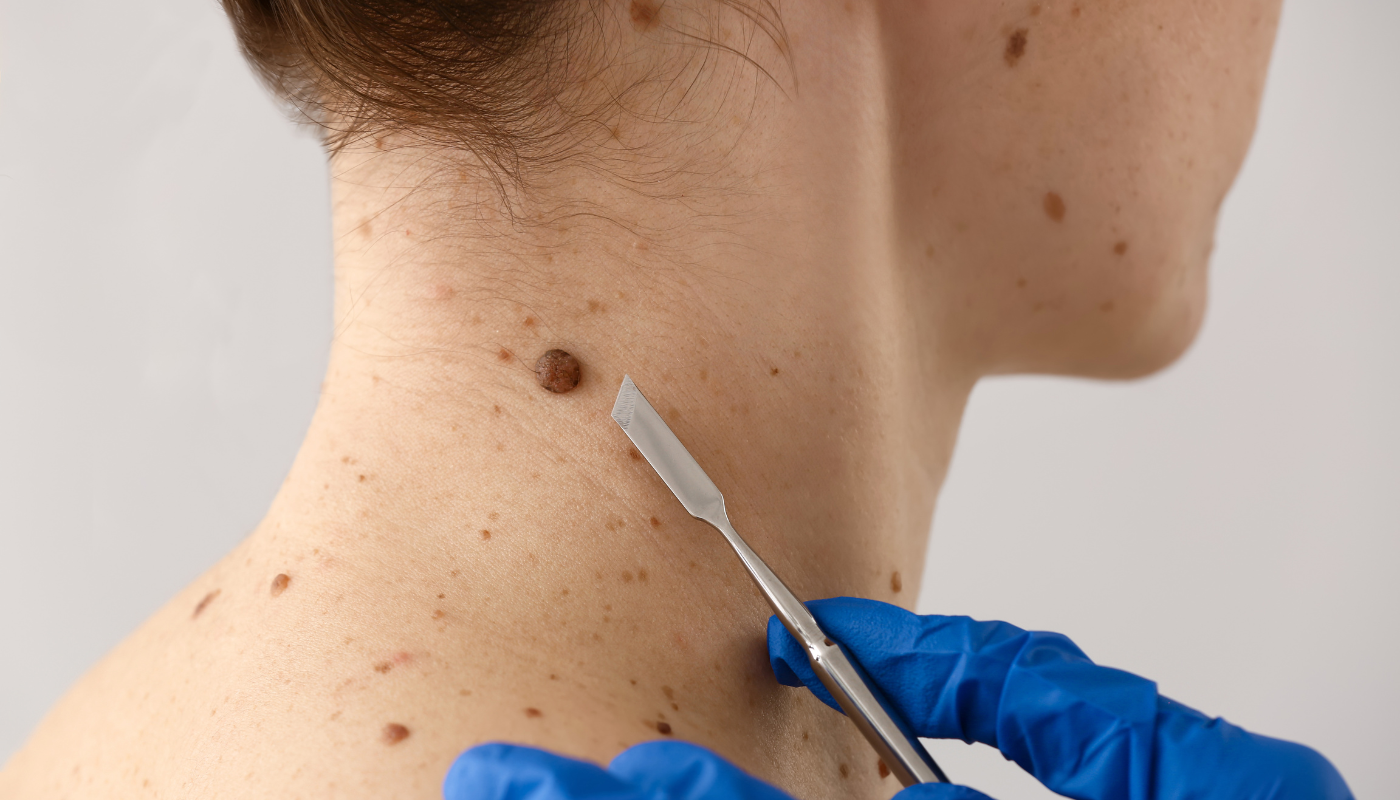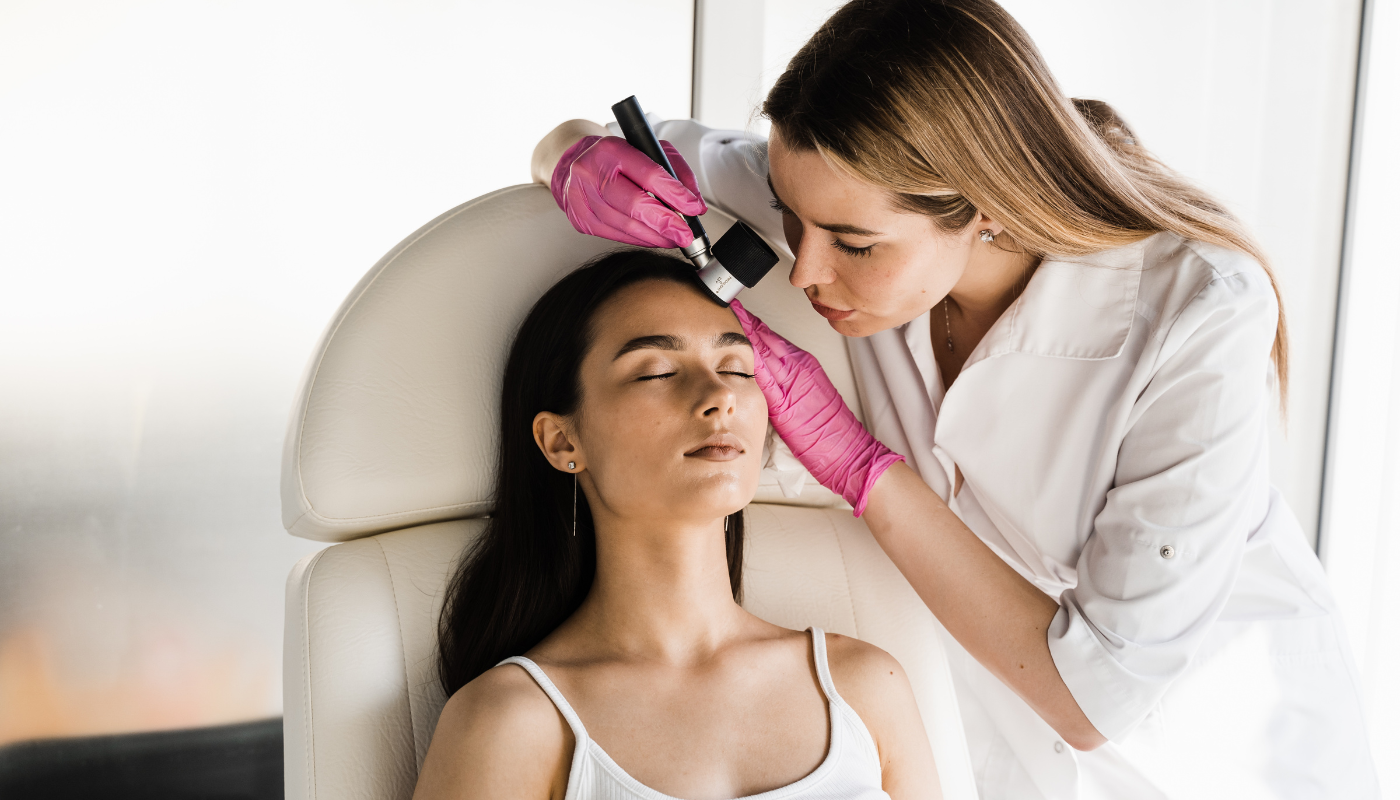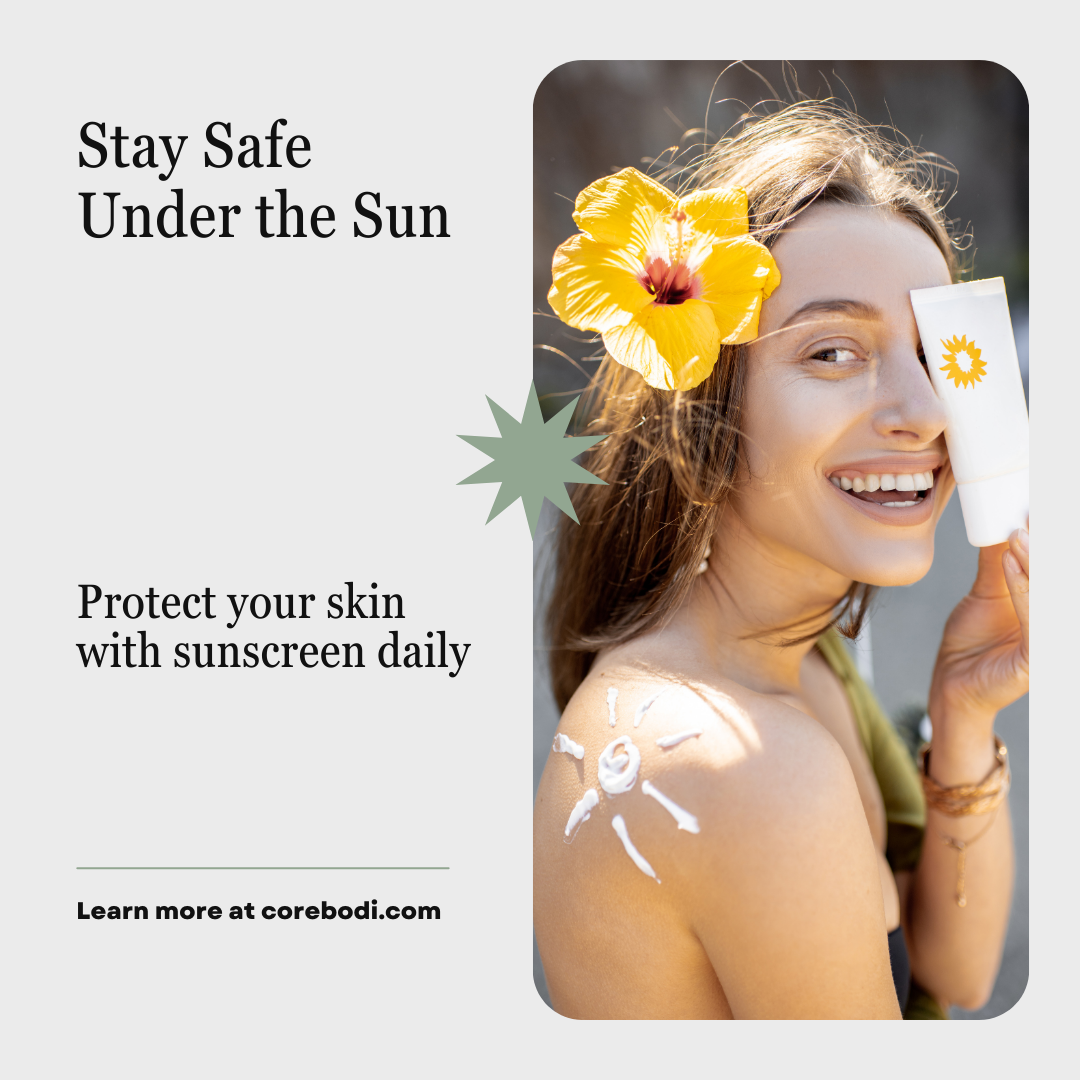What is Ultra Violet Radiation?
What is Ultra Violet Radiation (UV) and Why is it Dangerous?

Why is UV Radiation Harmful?
Most of us hear about ultraviolet (UV) radiation in the context of sunburns or tanning, but how much do we really know about this invisible form of light?
The intention behind this article is to demystify ultraviolet radiation, offering a comprehensive look at what it is, where it comes from, and how it affects both human health and the environment.
Purpose of the Article
This article aims to provide a comprehensive understanding of ultraviolet radiation—its types, sources, effects on health, and safety measures. Whether you're a student, a healthcare professional, or just a curious individual, this guide will offer insights into the invisible yet impactful world of UV radiation.
What to Expect
We'll delve into the science behind UV radiation, explore its natural and artificial sources, and consider its implications for our health and environment. So, let's begin our journey into the world of ultraviolet radiation by first understanding the electromagnetic spectrum.
The Basics of Ultraviolet Radiation
What is the Electromagnetic Spectrum?
To understand what ultraviolet radiation is, it's crucial to first grasp the concept of the electromagnetic spectrum. Simply put, the electromagnetic spectrum is a range of all types of electromagnetic radiation, arranged according to their frequency or wavelength. This includes everything from radio waves used in broadcasting to X-rays used in medical imaging.
Ultraviolet radiation sits between visible light and X-rays on this spectrum.
Definition of Ultraviolet Radiation
Ultraviolet radiation is a form of electromagnetic radiation that has a wavelength shorter than that of visible light but longer than X-rays.
In simpler terms, it's a kind of light that we can't see but can still affect us in various ways.
Types of UV Radiation
Not all UV radiation is created equal.
There are three main types: UVA, UVB, and UVC.
UVA has the longest wavelength and is the least harmful but can still cause skin aging and contribute to skin cancer.
UVB rays are more harmful and are the main cause of sunburn and skin cancer.
UVC rays have the shortest wavelength and are the most harmful but, fortunately, are almost completely absorbed by the Earth's atmosphere.
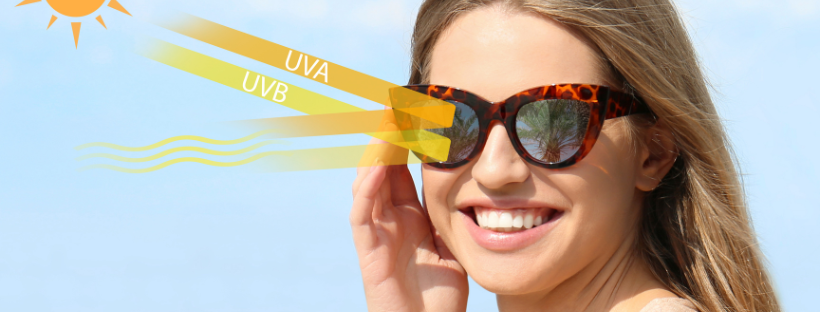
Sources of Ultraviolet Radiation
The Sun: A Natural Source
The most abundant source of ultraviolet radiation is the Sun, which emits all types of UV rays. However, the Earth's atmosphere acts as a natural filter, absorbing most of the harmful rays and allowing only a fraction to reach us.
Artificial Sources
Apart from the Sun, there are also man-made sources of UV radiation, such as tanning beds and UV lamps. These artificial sources often emit concentrated levels of UV radiation and can be more harmful than natural sunlight if proper safety measures are not taken.
Lesser-known Sources
You might be surprised to know that even certain types of lighting and electronic devices can emit low levels of UV radiation. For example, mercury-vapour lamps, used in some streetlights, can emit UV radiation, though usually at levels too low to be of concern.
How Ultraviolet Radiation Affects Human Health
Positive Effects
While UV radiation often gets bad attention, it has some beneficial effects, such as the synthesis of Vitamin D.
Sunlight triggers the production of Vitamin D in our skin, which is essential for bone health among other physiological processes.
Negative Effects
However, excessive exposure to UV radiation can lead to a range of health problems, including skin cancer and cataracts.
Skin Problems
Prolonged exposure to UV radiation is the leading cause of various skin issues like sunburn, premature aging, and skin cancers such as melanoma.
Repeated exposure can exacerbate these problems over time.
Eye Problems
Your eyes are also vulnerable to the harmful effects of UV radiation.
Prolonged exposure can cause conditions like photokeratitis, a painful inflammation of the cornea, and even cataracts, which cloud the eye's lens and can lead to blindness if left untreated.
Environmental Impact of Ultraviolet Radiation
Ozone Layer Depletion
One of the most talked-about environmental impacts of UV radiation is its role in the depletion of the Earth's ozone layer.
The ozone layer acts as Earth's natural sunscreen, absorbing the majority of harmful UV radiation. However, certain chemicals called CFCs (chlorofluorocarbons) have been depleting this protective layer, increasing our exposure to UV radiation.
Effects on Marine Ecosystems
Elevated levels of UV radiation can have devastating effects on marine ecosystems.
Phytoplankton, the base of the marine food chain, are particularly vulnerable. A decline in phytoplankton can disrupt the entire ecosystem, affecting everything from small fish to large marine mammals.
Impact on Terrestrial Ecosystems
Land-based ecosystems are not immune to the harmful effects of increased UV radiation.
For example, UV rays can interfere with plant growth, reducing crop yields and affecting food security.
In forests, higher UV radiation levels can stress trees and make them more susceptible to diseases and pests.
Safety Measures and Protection
Sunscreen: Your First Line of Defense
One of the most straightforward ways to protect yourself from harmful UV radiation is by using sunscreen.
Sunscreens contain compounds that either absorb or reflect UV radiation, helping to shield your skin from its harmful effects.
Protective Clothing
Another layer of protection comes from wearing clothing specifically designed to block or absorb UV rays.
Many outdoor clothing brands now offer UV-protective fabrics.
Behavioral Measures
Simple behavioral changes, like seeking shade and avoiding sun exposure during peak hours (10 a.m. to 4 p.m.), can go a long way in reducing UV radiation exposure.
Additionally, wearing sunglasses that block 100% of UV rays can protect your eyes.
Understanding the nature, sources, and impact of UV radiation is the first step in protecting ourselves and our planet. From the importance of the electromagnetic spectrum to the specific types of UV radiation, we've covered a lot of ground in this article.
From understanding the electromagnetic spectrum to discussing the specific types of UV radiation, the health effects, and its environmental impact, this article aims to provide a comprehensive guide to the world of ultraviolet radiation.
As research advances, we'll gain a clearer understanding of how to mitigate the harmful effects of UV radiation while harnessing its benefits. Upcoming research and technology could provide new ways to protect against UV damage, or even use UV radiation for innovative medical treatments.
The best clothing to wear to protect from UV Radiation is clothing that provides physical sun protection and covers as much skin as possible.
Here are some tips:
- Look for clothing made from tightly woven fabrics, such as cotton, polyester, or nylon, as these provide more sun protection than loosely woven fabrics.
- Choose dark or bright colors, as they absorb more UV radiation than light colors.
- Wear long-sleeved shirts and long pants or skirts that cover as much skin as possible. Look for clothing with a UPF (Ultraviolet Protection Factor) rating, which indicates how much UV radiation can penetrate the fabric.
- Wear a wide-brimmed hat to protect your face, neck, and ears from the sun.
- Wear sunglasses with UV protection to protect your eyes and the skin around them.
- Avoid wearing clothing that is wet or stretched out, as it provides less sun protection.
Remember that no clothing can provide 100% protection from the sun's harmful UV rays, so it's still important to use sunscreen and other sun protection measures, such as seeking shade and avoiding sun exposure during peak hours.

What does SPF 50 mean?
SPF stands for "Sun Protection Factor," which is a measure of a sunscreen's ability to protect the skin from harmful UV rays.
An SPF of 50 means that the sunscreen will provide 50 times the skin's natural protection against UVB rays, which are the main cause of sunburn and skin cancer.
For example, if it takes 10 minutes for your skin to start turning red without any sunscreen, applying a sunscreen with SPF 50 should theoretically allow you to stay in the sun for up to 500 minutes (10 minutes x SPF 50) before your skin starts to turn red.
However, it's important to remember that no sunscreen can provide 100% protection against UV rays, and it's still important to take other sun protection measures, such as seeking shade, wearing protective clothing, and avoiding sun exposure during peak hours.
Why Is Sun Protection So Important?
Sun protection is important because excessive exposure to UV rays from the sun can cause skin cancer, as well as damage to the skin and eyes. Sunscreen can help protect the skin from UV damage, and wearing protective clothing and seeking shade can also reduce exposure to the sun.
It's also important for people with a higher risk of skin cancer, such as those with fair skin, freckles, or a family history of the disease, to take extra precautions to protect themselves from the sun.
Is all UV radiation harmful?
No, not all UV radiation is harmful. For example, UVA rays are less harmful than UVB and UVC rays.
Can I get UV exposure on a cloudy day?
Yes, UV rays can penetrate through clouds, so it's essential to take protective measures even on cloudy days.
How does UV radiation affect animals?
Just like humans, many animals are susceptible to the harmful effects of UV radiation, including skin cancer and eye damage.
Are there any foods that can protect against UV damage?
Some foods rich in antioxidants like vitamin C and E may offer some protection against UV damage, although they can't replace sunscreen and other protective measures.
What are the best materials for UV-protective clothing?
Fabrics like polyester and nylon
More Skin Tips.
CoreBodi


